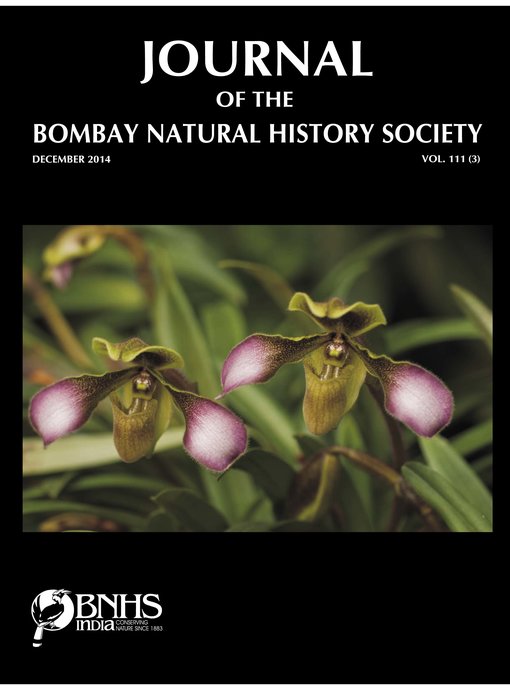Abstract
No Abstract.References
Chhangani, A.K. (2002): Group composition and sex ratio in Hanuman Langur (Semnopithecus entellus) in the Aravali Hills of Rajasthan, India. Zoos’ Print Journal 17(8): 848–852.
Mathur, R. & B.R. Manohar (1994): Group composition, percentage survivorship, birth rate and population of Presbytis entellus in Jaipur, Rajasthan. J. Bombay Nat. Hist. Soc. 91(3): 391–397.
Nag, K.S.C., P. Pramod & K.P. Karanth (2011): Taxonomic implications of a field study of morphotypes of Hanuman Langurs (Semnopithecus entellus) in Peninsular India. Int. J. Primatol. 32(4): 830–848.
Roonwal, M.L., S.M. Mohnot & N.S. Rathore (Eds) (1984): Current Primate Researches. Dept. of Zoology, University of Jodhpur, Jodhpur (India). 627 pp.
Sharma, S.K. (2010): A note on distribution range of Hanuman Langur Semnopithecus entellus (Dufresne) and Rhesus Macaque Macaca mulatta (Zimmermann) in Rajasthan. J. Bombay Nat. Hist. Soc. 107(1): 49–51

